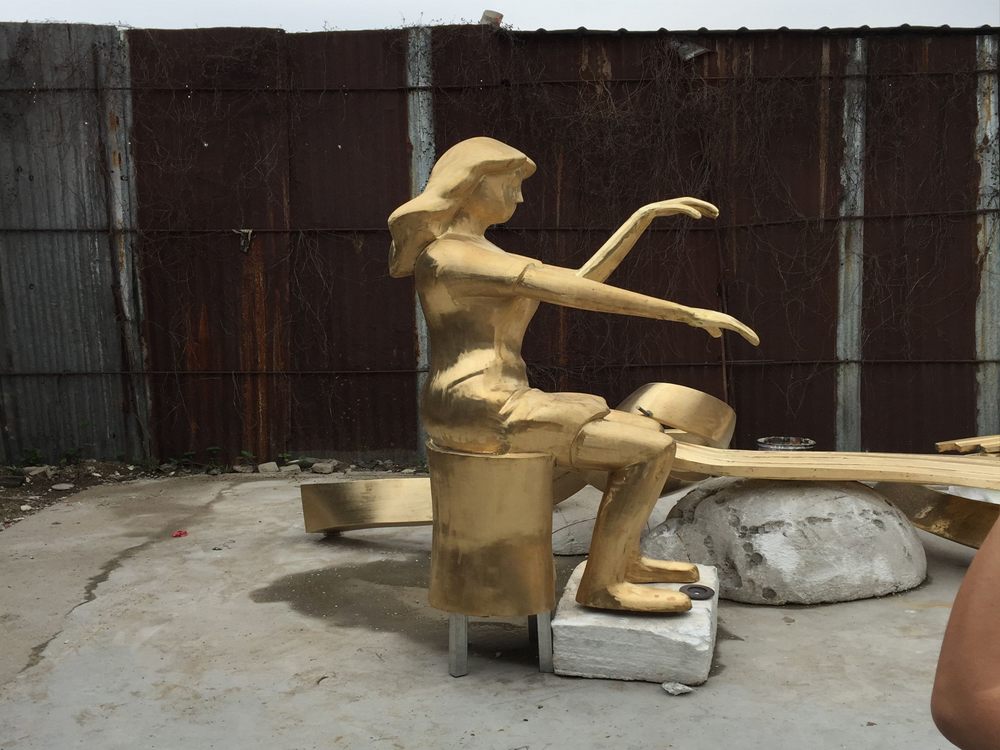
Bronze sculptures, celebrated for their durability and timeless beauty, undergo a natural aging process that is significantly accelerated by urban pollution. When exposed to pollutants like sulfur dioxide, nitrogen oxides, and particulate matter, bronze develops a distinctive patina—a surface layer that can range from verdigris (greenish-blue) to dark brown or black.
Urban pollution introduces acidic compounds that react with the copper in bronze, forming copper sulfates and carbonates. This chemical reaction not only alters the sculpture’s appearance but can also lead to pitting and structural weakening over time. In heavily polluted areas, the patina may form unevenly, creating blotchy or streaked surfaces.
While some patination is desirable for artistic and protective purposes, excessive corrosion can damage intricate details. Conservationists often apply protective waxes or coatings to slow degradation, but regular maintenance is essential. Understanding these effects helps cities and artists preserve bronze artworks for future generations.
By studying pollution’s impact, we gain insights into balancing urban development with cultural heritage conservation.

